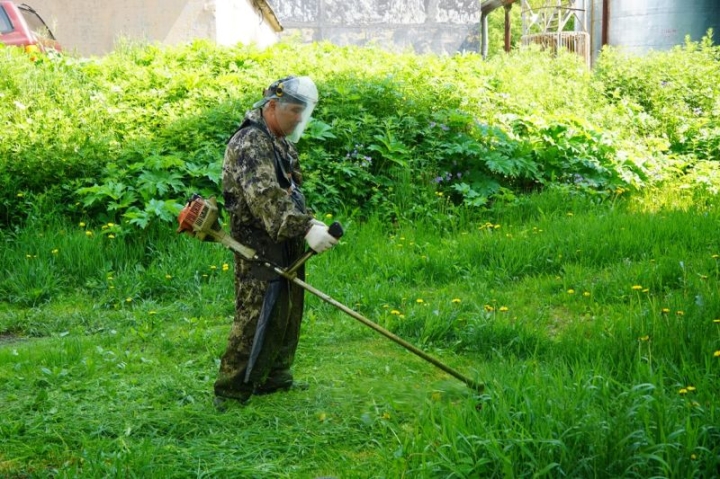Petropavlovsk-Kamchatsky is being freed from hogweed thickets

Photo of the administration of Petropavlovsk-Kamchatsky.
In Petropavlovsk-Kamchatsky, systematic measures are being taken to combat the dangerous Sosnovsky hogweed plant, the administration of the regional center told Kamchatka.Today.
Work began in 2023 based on the conclusion of the regional Agricultural Center. In 2024, the territories were re-surveyed, and additional sites were included in the contract for this year.
“The work on the elimination of hogweed is carried out both mechanically and with the help of herbicides. Some territories are processed mechanically, while others are processed by chemical method,” the Landscaping Service said.
This year, over 52 hectares have been treated in the city – more than 46 by mechanical means and about six by chemical means. During the entire summer period, including September and October, the territories are treated with a chemical method once for the entire season, and mechanically every week.
The administration noted that the survey of territories is carried out based on requests from residents. After that, the Rosselkhoznadzor leaves to confirm the presence of Sosnovsky hogweed and identify specific areas for processing.
The City Improvement Service provides hogweed control services in territories not allocated to third parties in accordance with the established procedure. Management companies, like other business entities, are required to carry out work on their land plots independently, including in terms of combating Sosnovsky hogweed.
“An integrated and systematic approach will make it possible to more effectively combat the dangerous plant and prevent its spread on the territory of the city district,” the Landscaping Service emphasized.
It should be recalled that borshchevik was brought to the peninsula for testing as a silage crop in the experimental fields of the Kamchatka agricultural experimental station in the village of Sosnovka.
In Petropavlovsk-Kamchatsky, hogweed was first noted in 2010 in the Seroglazka microdistrict, where it naturalized near a heating main on the slope of a hill, from where it began to spread to other areas of the city.
Sosnovsky’s hogweed belongs to an alien invasive species. It competes with native plants and captures their territories, which leads to a simplification of the ecosystem structure. For humans, this infection is dangerous with burns.